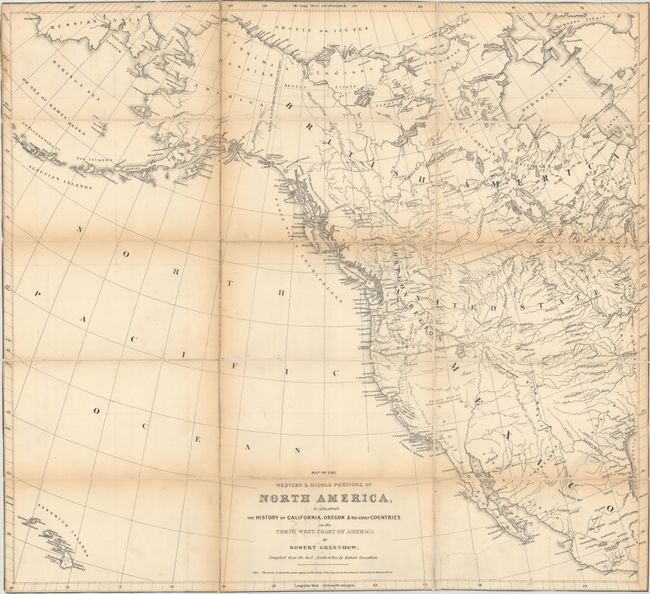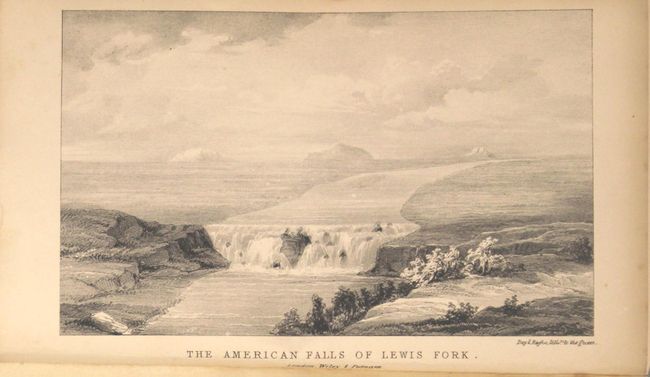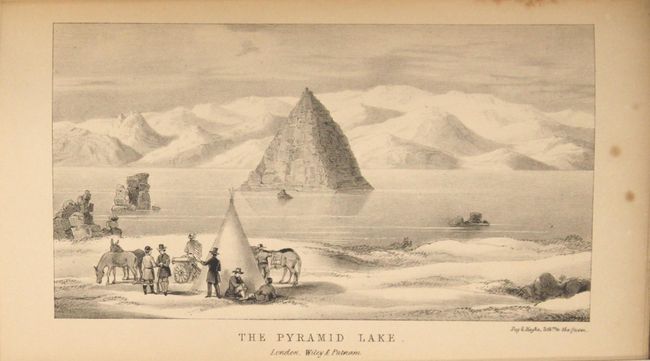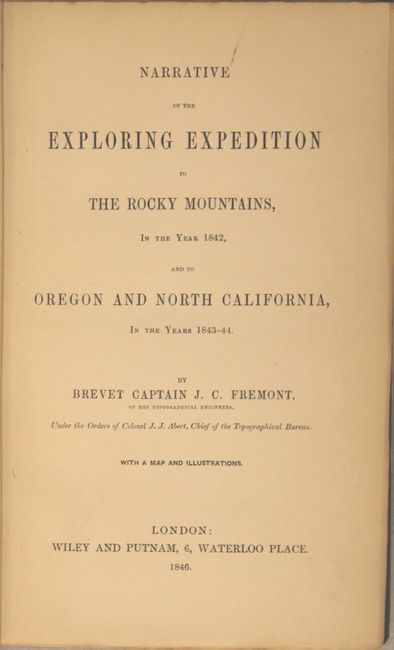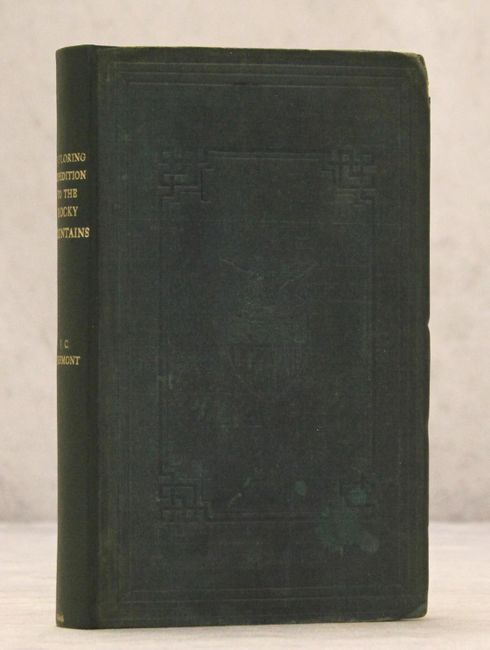Catalog Archive
Auction 165, Lot 779
"Narrative of the Exploring Expedition to the Rocky Mountains, in the Year 1842, and to Oregon and North California, in the Years 1843-44 [with map] Map of the Western & Middle Portions of North America...", Fremont, John Charles
Subject: Exploration & Surveys, Western North America
Period: 1846 (published)
Publication:
Color: Black & White
Size:
9 x 6 inches
22.9 x 15.2 cm
Download High Resolution Image
(or just click on image to launch the Zoom viewer)
(or just click on image to launch the Zoom viewer)


